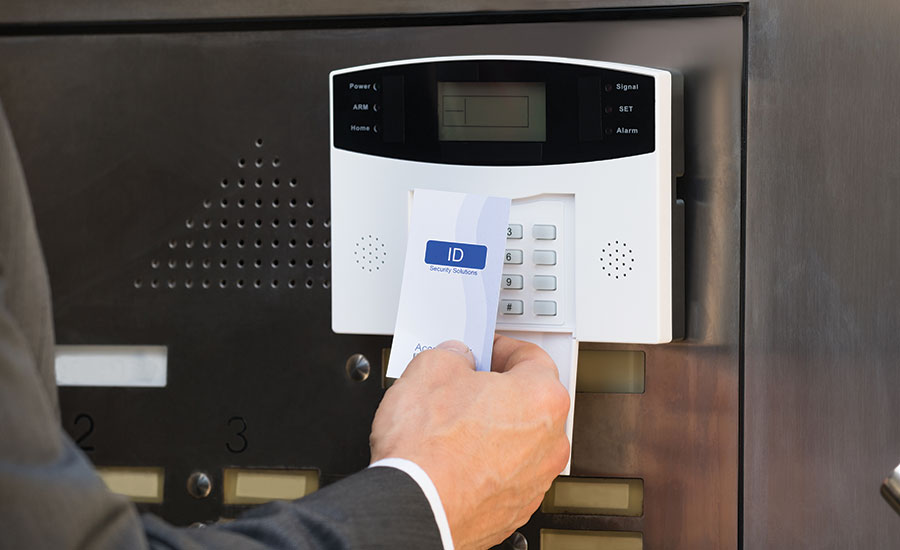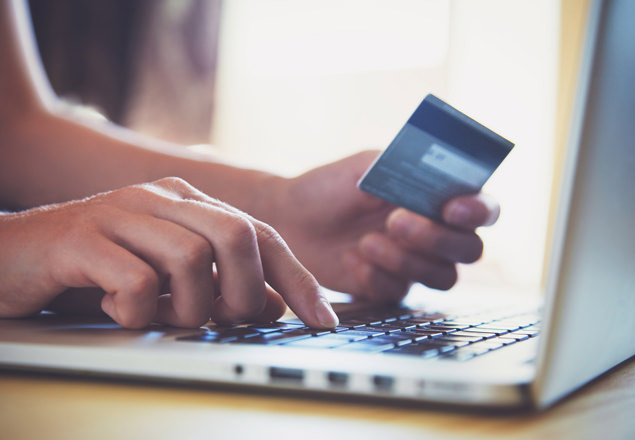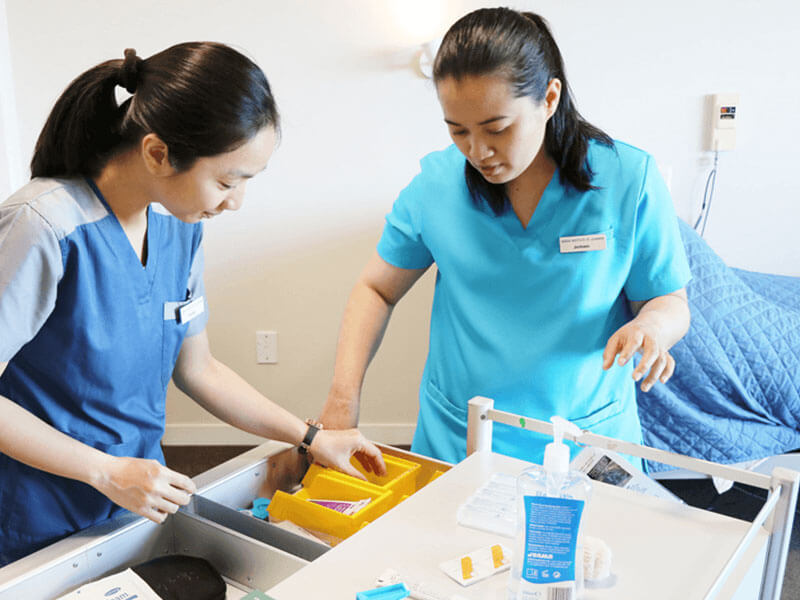Smart cards are providing increasingly novel ways for students and staff to access services and facilities across the US education sector. Using NFC (Near Field Communication) technology, smart cards are helping to reduce administrative burdens, tighten campus security, improve the delivery of services, and enhance the quality of learning. Here are some of the clever ways they are being put to valuable use.
Staff and student ID
Today, everyone carries visual ID that identifies their name, role and what they look like. It helps staff and students know who people are and makes it easy to see if someone has the authorization to be on campus. The added benefit of a smart card, however, is that they can hold additional information, such as biometric data, that can be used to prevent fake or stolen ID being used.

Whilst an intruder might be able to create a fake ID card with their own photograph, they won’t be able to fake an NFC chip that connects to the school’s IT system. Even if they used a stolen card, the data itself is not stored on the chip, so they still wouldn’t be able to tamper with it.
In addition, smart cards can also hold other personal information that can be valuable in emergencies, such as emergency contact details, allergy information and next of kin.
Attendance monitoring
With the safeguarding of minors being a high priority for schools, administrators are always looking for better ways to ensure students are where they are supposed to be. By placing smart card readers at the school entrance and at the entrance to each room, it is possible to ensure that students have arrived in the morning and that they have turned up to each of their lessons. Students can sign in simply by tapping their card on the reader as they enter.
With the use of appropriate software, it is then possible to trigger immediate alerts if students are absent from school without permission or if they don’t turn up to a lesson. These triggers mean that an immediate response can be made, reducing the potential for any danger.
At the same time, the monitoring of student attendance and punctuality is providing other benefits. Poor attendance and punctuality is often the result of other safeguarding issues and can impact on the student’s attainment. The data provided by smart card technology makes it easy to identify absentee or late students and to put necessary measures in place. This assists in resolving problems and improves the student’s education.
Access control
Smart cards can also be used in conjunction with access control technology. This means it is possible to control, on an individual basis, where staff and students can and cannot go on the campus. This can be used for a variety of security and health and safety reasons.
To prevent overcrowding, for example, universities can allocate entrances for different groups of students. Those who try to take a shortcut by using the wrong entrance will find that their card won’t get them in. Cards can also be used to prevent access to potentially hazardous areas, such as chemical stores in science labs or to unattended swimming pools.
Cashless vending
Removing the need for cash on campuses brings many benefits. It speeds up service in the canteen and reduces queues, it removes the possibility of cash going missing or getting stolen, and it eliminates the need for admin staff to spend hours tallying up the cash each day. As a result, administrative burdens are reduced and the quality of student services are improved.
This can be achieved by using smart cards as payment cards. Money can be added to the card online or via a cash top-up machine and payment is made simply by tapping the card on a card reader when getting served. The card isn’t limited to use in the canteen either. It can be used anywhere on the campus, for example, bookstores, vending machines, and sports facilities.
The other advantage of using a smart card is that it allows the school or university to track purchases. This way, it is possible to have better management of stock and to let parents of school students know what their children have been spending their money on.
Resource booking
The final advantage of smart card technology is that it can be used to automate the booking of resources. By linking to the school or college’s IT system, staff and students can book rooms, resources, and equipment for which they have been given authorization. They can even be used as library cards, photocopying cards and to allocate car parking spaces.
Again, this increases the ease and convenience for staff and students whilst streamlining and simplifying the administrative processes.
Wrapping up
Smart cards and RFID readers, like those available from Universal Smart Cards, are helping to transform life on today’s campuses. They improve security, reduce administration, control logical and physical access, and bring much-needed convenience. At the same time, they improve the monitoring of attendance, punctuality, purchases, resource usage, and traffic, providing valuable data which can be analyzed to bring further improvements.









